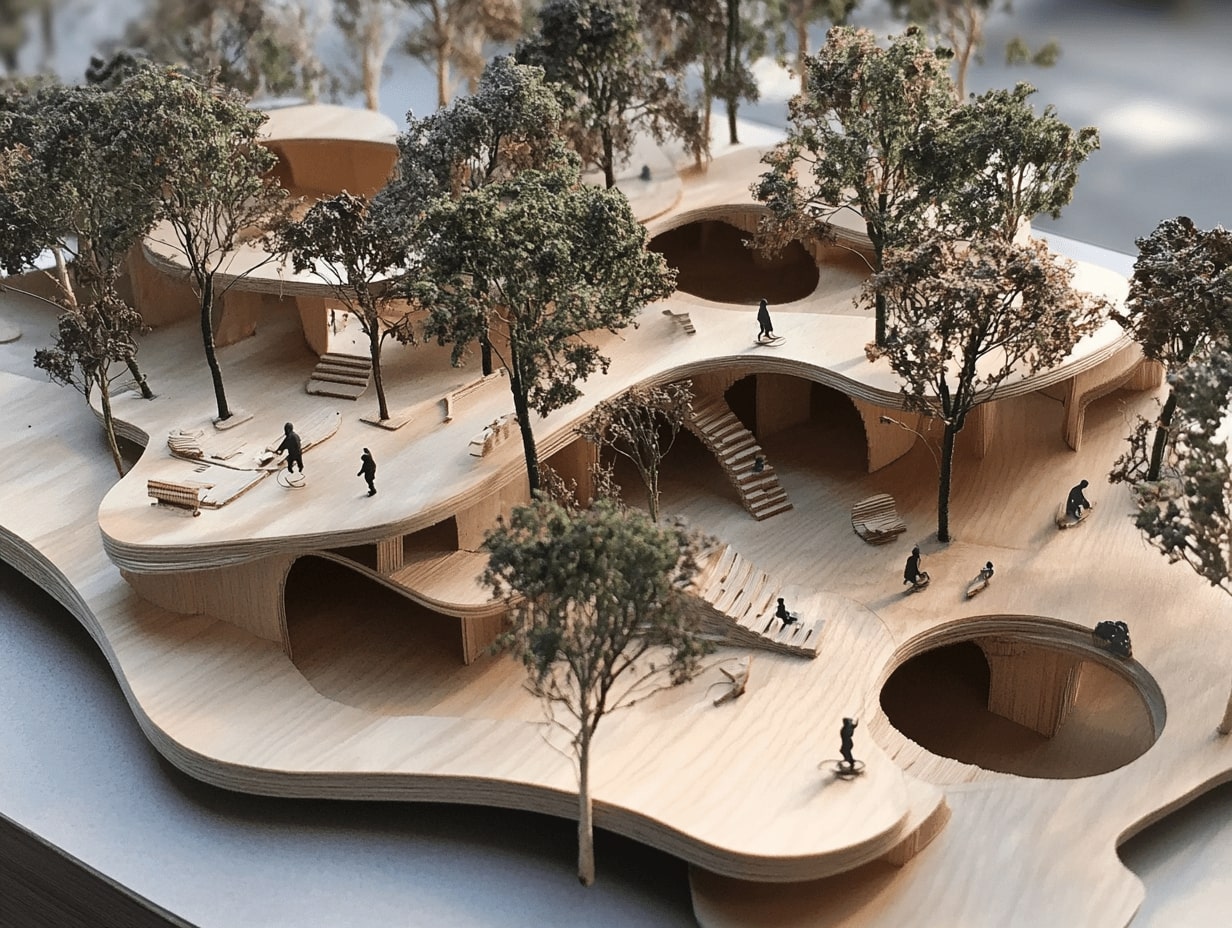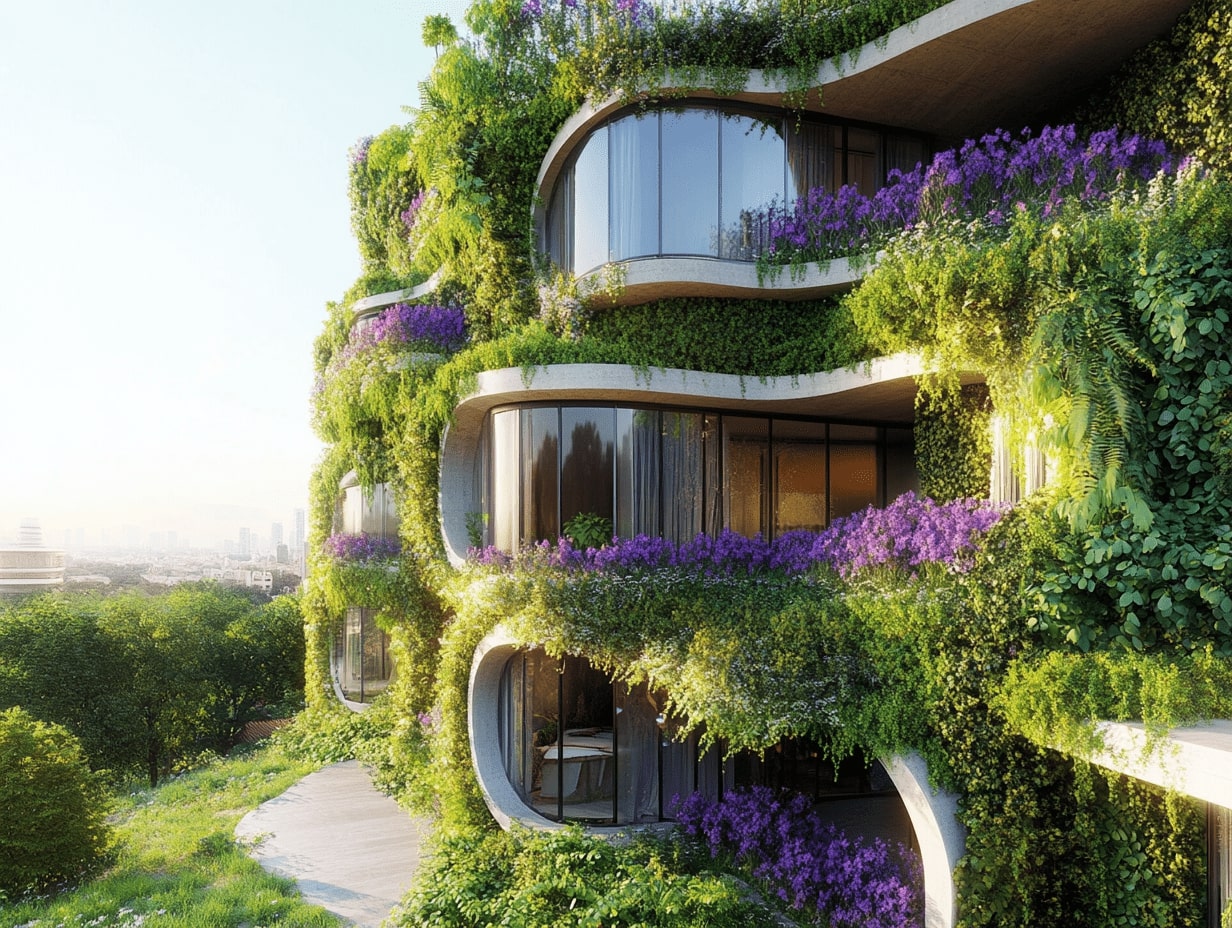- Home
- Articles
- Architectural Portfolio
- Architectral Presentation
- Inspirational Stories
- Architecture News
- Visualization
- BIM Industry
- Facade Design
- Parametric Design
- Career
- Landscape Architecture
- Construction
- Artificial Intelligence
- Sketching
- Design Softwares
- Diagrams
- Writing
- Architectural Tips
- Sustainability
- Courses
- Concept
- Technology
- History & Heritage
- Future of Architecture
- Guides & How-To
- Projects
- Interior Design
- Competitions
- Jobs
- Store
- Tools
- More
- Home
- Articles
- Architectural Portfolio
- Architectral Presentation
- Inspirational Stories
- Architecture News
- Visualization
- BIM Industry
- Facade Design
- Parametric Design
- Career
- Landscape Architecture
- Construction
- Artificial Intelligence
- Sketching
- Design Softwares
- Diagrams
- Writing
- Architectural Tips
- Sustainability
- Courses
- Concept
- Technology
- History & Heritage
- Future of Architecture
- Guides & How-To
- Projects
- Interior Design
- Competitions
- Jobs
- Store
- Tools
- More
Affordable Retirement Home Building Tips in the USA: Budget-Friendly Strategies for Retirees
Discover smart strategies for building an affordable retirement home in the US! Learn how to choose the perfect location, adopt energy-efficient designs, use cost-effective materials, and explore financing options. Create a comfortable, budget-friendly living space with expert tips that balance quality, sustainability, and your specific retirement needs. Start planning your dream home today!

Planning for retirement is an exciting chapter, but building an affordable retirement home can feel overwhelming if we’re not sure where to start. With rising construction costs, it’s easy to worry about staying within budget while still creating a comfortable and functional space. The good news? There are plenty of smart strategies to make the process both cost-effective and rewarding.
From choosing the right location to selecting energy-efficient designs, we have the power to create a home that fits our needs without breaking the bank. It’s all about prioritizing what matters most and making informed decisions along the way. Let’s explore practical tips to help us build the retirement home of our dreams while keeping affordability front and center.
Table of Contents
ToggleUnderstanding The Need For Affordable Retirement Homes
Affordable retirement homes address the growing demand for cost-effective living solutions post-retirement. As life expectancy increases, many retirees face financial challenges that make traditional housing models less feasible. Creating affordable options ensures retirees maintain a comfortable lifestyle without financial strain.
Rising healthcare expenses and fixed-income limitations often force retirees to rethink their housing needs. Affordable retirement homes mitigate these issues by focusing on functional designs, smaller spaces, and reduced maintenance costs. For example, compact homes with energy-efficient utilities provide long-term savings.
Changing demographics highlight the urgency of affordable housing for retirees. By 2030, an estimated 73 million Americans will be over 65, with many prioritizing accessible and budget-friendly homes. Addressing this demand supports both individual needs and broader societal impacts.

Choosing The Right Location
Selecting the right location impacts both affordability and convenience when building a retirement home. Location affects property costs, accessibility, and daily living expenses.
Affordable States And Communities
Certain states offer lower property taxes, affordable land, and retirement-friendly policies. States like Florida, Texas, and Arizona attract retirees with no state income tax and lower cost-of-living indices. Rural and suburban communities also provide affordable land prices compared to urban areas. For instance, smaller towns in states like Tennessee or North Carolina often feature lower housing costs, active retirement communities, and peaceful environments for retirees.
We recommend researching areas with established 55+ communities. These communities often include shared amenities, social opportunities, and lower-maintenance living, which help reduce long-term costs.
Proximity To Essential Services
Retirement homes should prioritize access to key services. Proximity to healthcare facilities, such as hospitals and specialized clinics, ensures quick medical assistance when needed. For example, locations within 10-15 miles of healthcare services can offer peace of mind and convenience.
Access to supermarkets, pharmacies, and public transportation reduces travel time and costs. Towns with well-maintained infrastructure and walkable areas also enhance convenience. For better planning, verify local resources like senior centers, community programs, and recreational facilities during the site selection process.
Cost-Effective Design Strategies
Implementing thoughtful design strategies can help make retirement homes budget-friendly without compromising comfort. Efficient planning focuses on simplicity, energy conservation, and functionality.
Simple Floor Plans
Choosing a straightforward layout reduces construction complexity and costs. Open-concept designs, for instance, minimize the need for additional walls and doors. Compact plans with multi-functional spaces improve usability while lowering material expenditures. Single-story homes are ideal, eliminating the expense of staircases and enhancing accessibility.
Prioritizing essential rooms ensures practical use of space. Including a combined kitchen and living area instead of separate rooms streamlines design and saves on finishes. Building within rectangular or square-shaped footprints avoids complex angles, further cutting labor and material costs.
Energy-Efficient Features
Energy-saving technologies enhance affordability by reducing utility expenses. Features like insulated windows with low-E coatings, ENERGY STAR-certified appliances, and high-rated HVAC systems improve efficiency. Solar panels, though requiring an upfront investment, offer long-term savings on electricity bills.
Simple upgrades can also be impactful. Utilizing LED lighting, installing smart thermostats, and incorporating water-saving fixtures reduce consumption and operating costs. Using eco-friendly materials like insulated roofing or energy-efficient siding further balances upfront costs and ongoing savings.

Budget-Friendly Construction Materials
Choosing cost-effective materials can significantly reduce construction expenses while maintaining quality and comfort. Prioritizing affordability, sustainability, and durability ensures a functional and long-lasting retirement home.
Sustainable And Low-Cost Options
Utilizing sustainable materials reduces costs upfront and promotes long-term environmental benefits. Reclaimed wood, for example, provides a rustic aesthetic and is often cheaper than newly manufactured options. Engineered wood uses fewer raw resources and offers affordability without sacrificing strength. Bamboo, an eco-friendly and rapidly renewable material, serves as an affordable alternative for flooring and cabinetry. Concrete blocks, known for their insulation benefits, can lower energy expenses when used in walls and foundations.
Composite roofing materials, such as recycled shingles, reduce material costs and require minimal maintenance. For insulation, recycled denim or cellulose offers a low-cost, eco-friendly solution. These materials not only contribute to sustainability but also align with budget-friendly home construction goals.
Durability And Maintenance Considerations
Opting for durable materials limits future repair and replacement expenses. Metal roofing costs less over time due to its lifespan of up to 50 years compared to traditional shingles. Fiber cement siding resists fire, pests, and rot, offering a low-maintenance exterior solution at a reasonable price. Vinyl flooring mimics the appearance of hardwood but resists wear and tear at a fraction of the cost.
Quartz countertops balance cost and durability, lasting longer than traditional granite with minimal upkeep. For doors and windows, using fiberglass or uPVC materials ensures longevity, energy efficiency, and affordability. By focusing on durable and low-maintenance materials, we can maximize savings over the lifespan of the home.

Hiring The Right Professionals
Selecting skilled and budget-conscious professionals is crucial when building an affordable retirement home. Proper collaboration ensures cost efficiency and high-quality outcomes tailored to retirement needs.
Finding Affordable Architects And Builders
Affordable architects and builders combine expertise with cost-saving strategies. We recommend starting with local contractors, as they often have lower travel costs and familiarity with regional building codes. Online platforms, such as HomeAdvisor and Angi, provide access to reviews and price comparisons.
Prioritize professionals experienced in retirement housing. Those familiar with compact designs and accessibility features, like wider doorways and step-free entryways, can reduce design revisions and material waste. Always request multiple quotes to compare costs, but also assess portfolios for completed projects similar to what you envision.
DIY Vs. Professional Help
Balancing DIY efforts with professional input can reduce expenses without sacrificing quality. Tasks like painting, landscaping, or installing basic fixtures are manageable and can save labor costs. However, hiring licensed experts for structural, plumbing, and electrical work ensures safety and compliance.
We advise evaluating skills realistically to avoid delays or mistakes that may increase costs. Budget allocation should favor hiring professionals for complex tasks critical to a safe and functional retirement home while reserving simpler jobs for DIY efforts.

Financing Your Retirement Home On A Budget
Keeping costs under control is vital when building a retirement home on a fixed income. Leveraging financial strategies and exploring assistance options can make your project more affordable.
Exploring Financial Assistance Programs
Identifying financial support options reduces the burden of funding your retirement home. Government-backed loans, such as FHA 203(k) loans or USDA rural development loans, provide low-interest options for affordable housing in eligible areas. These programs often include flexible terms suited for retirees.
Researching nonprofit programs can also uncover grants or subsidies targeted at seniors. Many state and local initiatives offer aid for housing construction or renovation, especially in rural regions. Organizations like Habitat for Humanity sometimes provide assistance for building efficient homes at lower costs.
Looking into reverse mortgage options may help older adults tap into home equity for funding, provided repayment requirements are manageable. For veterans, VA loans offer affordable financing with competitive interest rates and benefits.
Tips For Managing Costs Effectively
Adopting cost-saving practices ensures your budget remains on track. Gathering multiple quotes from contractors allows better comparisons and avoids overspending. Negotiating material costs or choosing wholesale suppliers can lead to significant savings.
Opting for smaller home designs reduces expenses without sacrificing functionality, particularly when prioritizing essential spaces like kitchens and living rooms. Pre-fabricated or modular homes often serve as a budget-friendly alternative to traditional construction, cutting labor and material costs.
Tracking and monitoring project spending prevents miscellaneous overruns. Establishing a contingency fund of 5-10% for unplanned costs ensures financial stability during construction. Leveraging tax credits for energy-efficient features, such as installing solar panels or energy-saving devices, can offset some upfront costs while reducing long-term expenses.
Conclusion
Building an affordable retirement home in the US requires strategic planning, careful budgeting, and informed decision-making. By focusing on cost-effective solutions, such as selecting budget-friendly locations, utilizing energy-efficient designs, and incorporating durable materials, we can create comfortable and sustainable living spaces without financial strain. Employing experienced professionals and exploring financial assistance options ensures quality and affordability while prioritizing retirees’ specific needs. Implementing these strategies not only addresses individual challenges but also supports broader efforts to meet the growing demand for accessible housing among retirees.
- Affordable retirement homes
- affordable senior housing USA
- budget retirement home plans
- budget-friendly retirement homes
- building affordable retirement communities
- cheap retirement homes USA
- cost-effective retirement housing solutions
- cost-efficient retirement home planning
- DIY retirement home building tips
- economical retirement housing ideas
- expense-saving retirement housing
- frugal retirement home building
- inexpensive retirement housing
- low-cost retirement living options
- money-saving retirement home ideas
- retirement home building tips
- retirement home construction tips
- retirement home design on a budget
Submit your architectural projects
Follow these steps for submission your project. Submission FormLatest Posts
Building with Purpose: Creating Meaningful Spaces for Community and Sustainability
Explore the transformative power of purposeful building in our fast-paced world. This...
Innovative Trends Shaping the Future of Architecture: A Sustainable Vision
Explore the exciting future of architecture as it embraces innovation and sustainability....
Architectural Concept Ideas: Inspiring Designs for Functionality, Aesthetics, and Sustainability
Discover the essence of architectural concepts and their role in shaping innovative,...
How to Find Architectural Ideas: Creative Tips and Inspiration for Unique Designs
Discover practical strategies to find architectural inspiration from nature, history, art, and...












Leave a comment